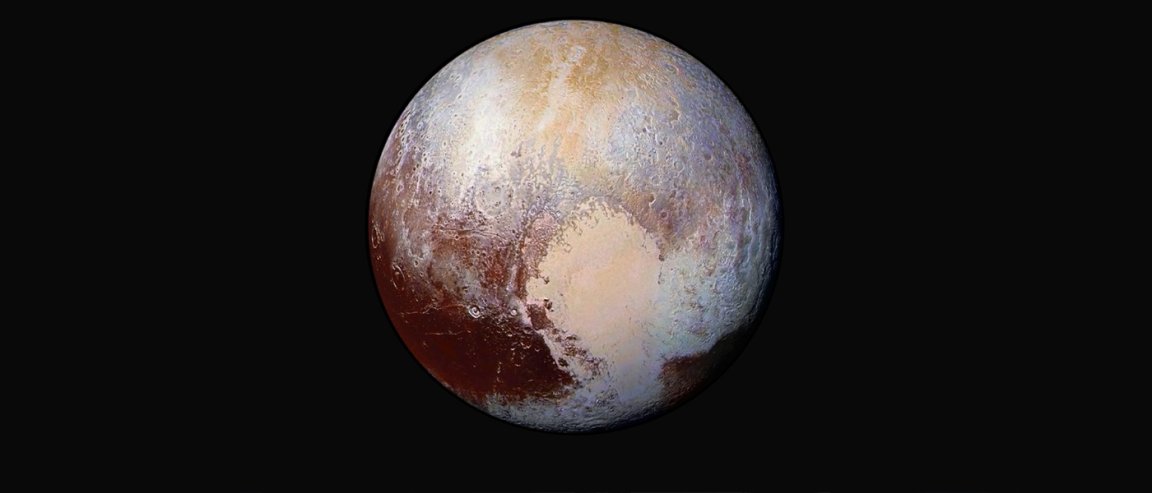
Uncovering the Heart’s Secrets
Like the Earth, Pluto’s axis is tilted, causing both planets to experience seasons. Pluto’s axial tilt, however, is far more extreme — 119.5 degrees compared to Earth’s 23.5 degree average — and a tilt as extreme as this consequently causes extreme seasons.
Researchers believe that Pluto’s icy heart, Sputnik Planitia (originally Sputnik Planum), holds the key to the history behind this severe tilt. Two studies published in Nature scrutinized the formations seen in closeup images of the dwarf planet taken by the New Horizons spacecraft.

One study ran computer simulations to show how a collision resulted in the indented basin that is Sputnik Planitia, which then filled up with nitrogen ice and gained enough mass to cause Pluto to tip over. The simulations resulted in landscapes, fractures, and faults consistent with those found in the closeup images from New Horizons.
Another study, however, argues that nitrogen alone would not be enough to cause this severe reorientation. University of California Santa Cruz (UCSC) planetary science associate professor Francis Nimmo says the most probable explanation for its reorientation is that there is a subsurface liquid ocean at play: “The extra weight must be hiding somewhere beneath the surface. And an ocean is a natural way to get that.”

More Water, More Signs of Life
Although it has long been speculated that Pluto may harbor a subsurface ocean, the USCS researchers’ calculations are the most compelling affirmation to that hypothesis so far. And as we know, the presence of liquid water signals the possibility of life, so it’s exciting to find hints of evidence of it anywhere outside Earth.
Nimmo added that more objects in the Kuiper belt may be harboring subsurface oceans, seeing as they are around the same size and density as Pluto. “When we look at these other objects, they may be equally interesting, not just frozen snowballs,” he says.
Astronomers have already identified other waterworlds in space, such as Jupiter’s moon Europa and Ganymede, the largest moon in our solar system, and as we continue to confirm new ones, we increase our chances of finding a host for life beyond Earth.